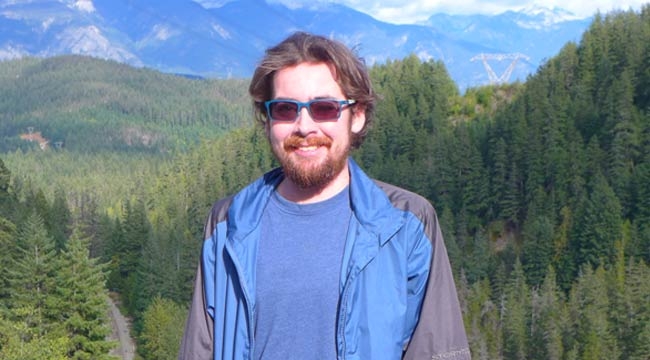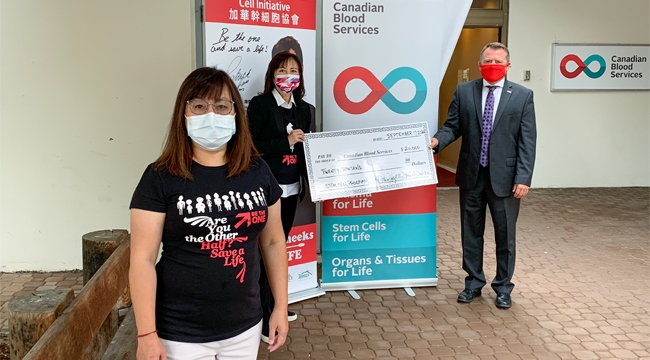Two-time kidney recipient lives life to the fullest to honour his donors
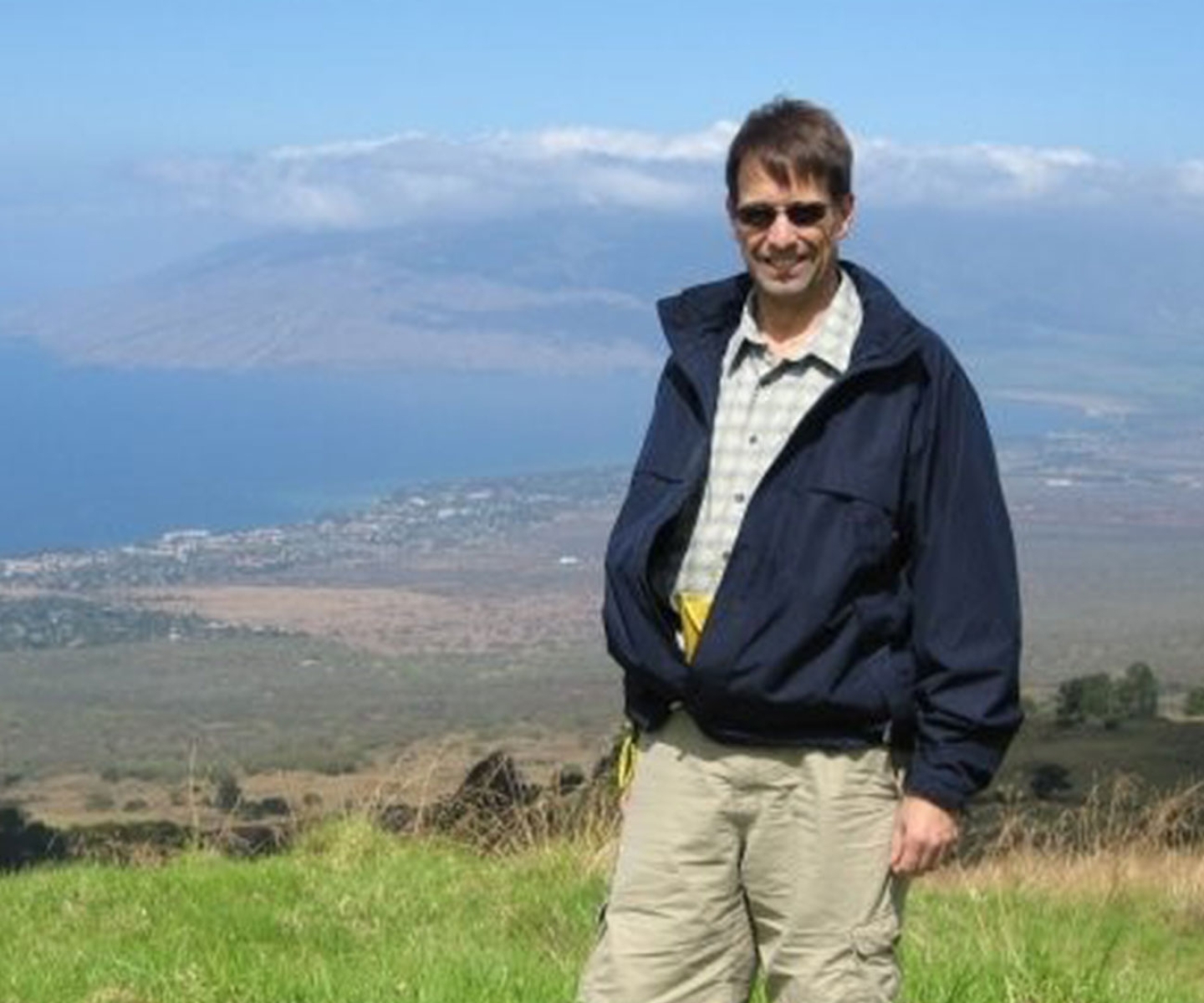
Stefan Baldwinson’s second kidney transplant was enabled by a program for ‘highly sensitized’ patients who are difficult to match
In September, Stefan Baldwinson is hopping on a cruise from England to Spain, with a stop in Morocco. He’s travelled extensively before, but he’s excited to see Africa for the first time. It will also be his first trip in almost 20 years that isn’t interrupted by hours-long visits to a dialysis clinic every few days — thanks to his second organ donor, and the program for hard-to-match patients that brought them together.
Stefan’s complex health journey began in the early 1980s, when he was a young student at the University of Calgary. He’d been putting off a physical, and his mom was bugging him to book an appointment. When he finally did, the doctor knew right away something was off, though it would take another few years to get the full story.
“Eventually they diagnosed me with kidney problems caused by lupus,” Stefan says. “I thought I was in pretty good health. I was a 20-year-old doing things you do when you’re 20 — going out and playing sports, having a beer or two. It was a bit of a surprise learning everything about what was going to happen in the future.”
The road to a first kidney transplant
Lupus is a chronic disease which causes the immune system to attack the body’s own organs and tissues. In Stefan’s case, it went for his kidneys. Five years after his diagnosis, he started regular dialysis, a process that removes waste and excess fluid from the blood when the kidneys are unable to do so.
“In a way I felt fortunate, because medical science had come along to the point that I could live a life under those circumstances,” Stefan says. “Even a few decades earlier, it would have been a death sentence.”
Stefan also felt lucky that by the time he started dialysis, he’d finished studying computer science, and had a job in his field that could accommodate his medical needs. He even found ways to travel. He visited Vancouver and used a travellers dialysis clinic as well as Hawaii where he received dialysis at hospitals in Honolulu and the Big Island.
Meantime, he joined the waitlist for a donor kidney. In 1990, at the age of 27, he was matched, and the surgery was a success.
“It was pretty easy to recover from surgery at that age. I was up and around in a week,” Stefan recalls. “I was pretty bored, because they wanted me in the hospital for two weeks. By the second week I was running around and delivering food trays to other patients.”
The twists and turns of life after the kidney transplant
After transplant, the sudden freedom from dialysis was life-changing for Stefan. He travelled. He got married. But the road got bumpier over time. Medications to prevent organ rejection do increase cancer risk, and about ten years after his transplant, Stefan developed a cancer that required chemotherapy.
Stefan also knew from the beginning that transplanted kidneys don’t last forever. So it wasn’t a complete surprise to receive news of kidney failure a few years after the cancer diagnosis.
The logical solution was a second kidney transplant. But there was a problem. Stefan was now “highly sensitized,” meaning he had a large number of antibodies that made him more likely to reject a new organ. This is more common with patients who have had a previous organ transplant or blood transfusions; Stefan had both risks, between his earlier kidney transplant and many blood transfusions during cancer treatment. Being highly sensitized reduces the number of donors the patient can be matched to, because they require a kidney without biological markers that would cause their antibodies to attack it.
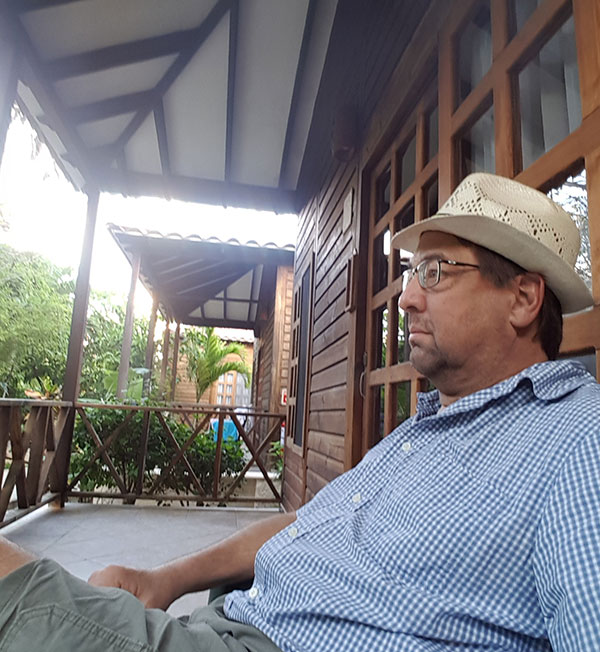
Fortunately, Stefan was not in a rush to get a transplant at that point. He felt his body had been through a lot with the treatment for cancer. And having been on dialysis before, he knew he could do it again. This time, he got training for home dialysis, so that instead of going to a clinic, he could run a machine for eight hours each night while he slept. He also got creative with travelling. He discovered a dialysis clinic in Playa del Carmen, Mexico, which enabled him to vacation there with friends every year for about a decade. He even found cruise lines that offered dialysis onboard.
The search for a second matching kidney donor
But over time, dialysis took a toll on Stefan’s body. About 12 years after his first kidney transplant, his doctor told him he should seek a second one if he wanted to live as long as possible. He also told Stefan about Canadian Blood Services’ Highly Sensitized Patient Program, which helps find matches for patients like him by widening the search for a donor beyond the patient’s home province.
The way it works is that when a deceased donor anywhere in Canada has two kidneys suitable for transplant, one of those kidneys is offered to the Highly Sensitized Patient program to see if it matches anyone registered in the program. If the kidney is not a match for any of them, it is made available to someone else who is waiting. The program started in 2014 and facilitated its 1000th transplant in July 2024.
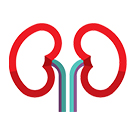
Highly Sensitized Patient Program reaches 1000 transplants!
Canadian Blood Services, on behalf of Canada’s Organ and Tissue Donation and Transplantation (OTDT) community, is excited to announce the Highly Sensitized Patient program has facilitated 1,000 transplants. These 1,000 transplants represent 1,000 people who very likely would not have otherwise received a transplant because they needed a very specific match.
While waiting for his second match, Stefan stuck with his usual philosophy of “live for today.” He didn’t want to plan his life around a call that might never come. But in August 2023, just after he turned 60, it did. He’s now well-recovered from his second kidney transplant operation, and is hopeful this new donor kidney could work for another 15 to 20 years.
Throughout his entire journey, Stefan has remained steadfast in his desire to live life to the fullest despite illness, and that continues.
“I didn’t let it stop me. I found things that I could do,” Stefan says. “I’ve seen guys that were young in the dialysis unit who got into a real depression. It’s hard to see. I just thought that I would do everything I could under the circumstances and see where it goes.”
In part, it’s his way of honouring his donors and their families. Nearly all matches for highly sensitized patients come from deceased donors, and Stefan’s second transplant was no exception. So he knows that as he was being given new life and hope, others were grieving terrible loss.
“I think about that quite a bit, that they’re probably missing that person who donated. It’s a sad thing that happened,” Stefan said. “I want to do the most I can with the kidney, seeing that somebody has paid that price for me to get it. It’s really important to not sit back and waste the time I’ve got.”
Approximately 20 per cent of patients on provincial wait lists are highly sensitized and in need of a kidney transplant. Yet historically, these same patients receive fewer than one per cent of available organs. With access to a limited number of donors in their home province, highly sensitized patients wait much longer for a kidney transplant and have a greater chance of becoming more ill or dying while they wait. By providing access to donors across the country, the Highly Sensitized Patient program increases the chances of finding donor kidneys for these hard-to-match patients. Learn more here.

